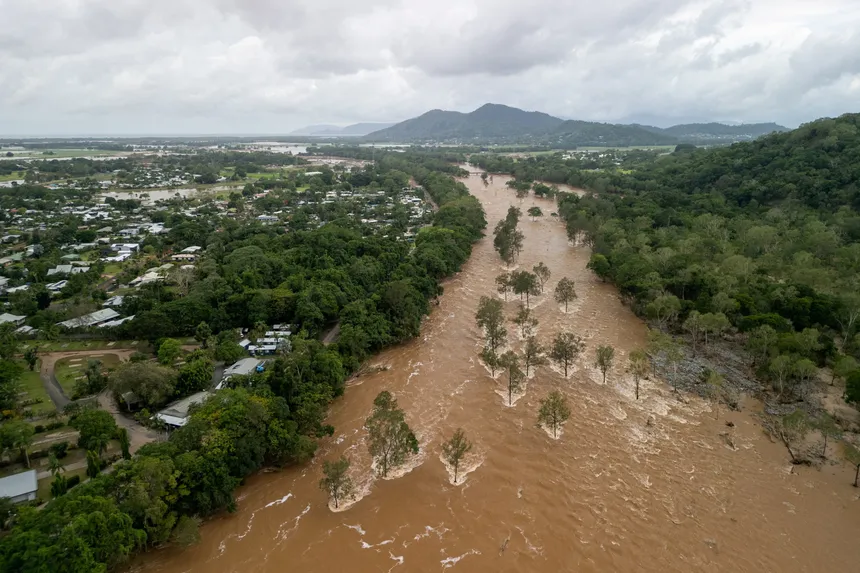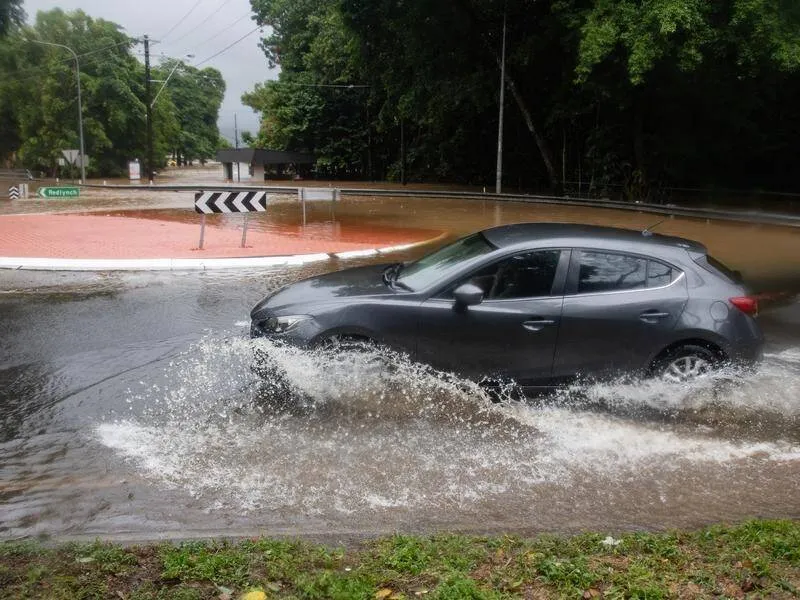Cyclone Jasper’s meandering path across the Coral Sea has inflicted significant damage on the Great Barrier Reef, with waves reaching as high as four meters capable of breaking apart coral colonies and causing severe damage to the reef. Dr. Marji Puotinen, a research scientist at the Australian Institute of Marine Science, warned that wave heights of this magnitude can cause widespread impacts, with some parts of the reef bearing the full force of the waves while others may have been spared.
The reefs off Cairns are likely to have suffered the most intense wave damage, with modeling suggesting damaging wave heights of up to eight meters in some places and sustained for as long as 36 hours. “The damage zone extends from Cooktown to Mackay, a distance of over 750 kilometers,” Dr. Puotinen said. She added that the reef will have copped it from both when the cyclone crossed the Great Barrier Reef and when it was further out to sea, exposing a huge area to the potential for severe damage.
While the strength of a cyclone does not always correlate with the amount of physical damage it can do, cyclones that are wide and slow-moving have a greater opportunity to whip up waves over larger areas. Cyclone Jasper, which was downgraded to a tropical storm system, took almost five days to cross the north of Queensland, leaving many flooded rivers in its wake, with some areas receiving over a meter of rain in just a few days.

Floodwaters from the cyclone have also posed a threat to corals and seagrass meadows, as they drain into the reef’s lagoon waters, carrying nutrients and sediment that can promote the growth of algae and starve corals of light. Dr. Jane Waterhouse, a water quality expert at James Cook University’s TropWATER research group, warned that the risk of impact is high in some locations, dependent on the weather over the next few days.
Monitoring during floods has been ongoing since 1991, and scientists know that concentrations of nutrients and sediments will be well above water quality guidelines over large areas. Dr. Christina Howley, a scientist based at Cooktown with the Cape York Water Partnership, described the devastation caused by the cyclone’s rain as overwhelming, citing photographs of large clumps of seagrass ripped from the ocean floor and washed up on nearby beaches.
The cumulative effects of the cyclone on the reef are a concern, with Dr. Britta Schaffelke, a senior scientist at the Australian Institute of Marine Science, worried about the potential impact on remote reefs in the Coral Sea and the coincidence of the flooding with a time of year when coral-eating crown-of-thorns starfish are spawning. The Great Barrier Reef Marine Park Authority has vowed to conduct reactive flood event monitoring in the area once it is safe to do so.

